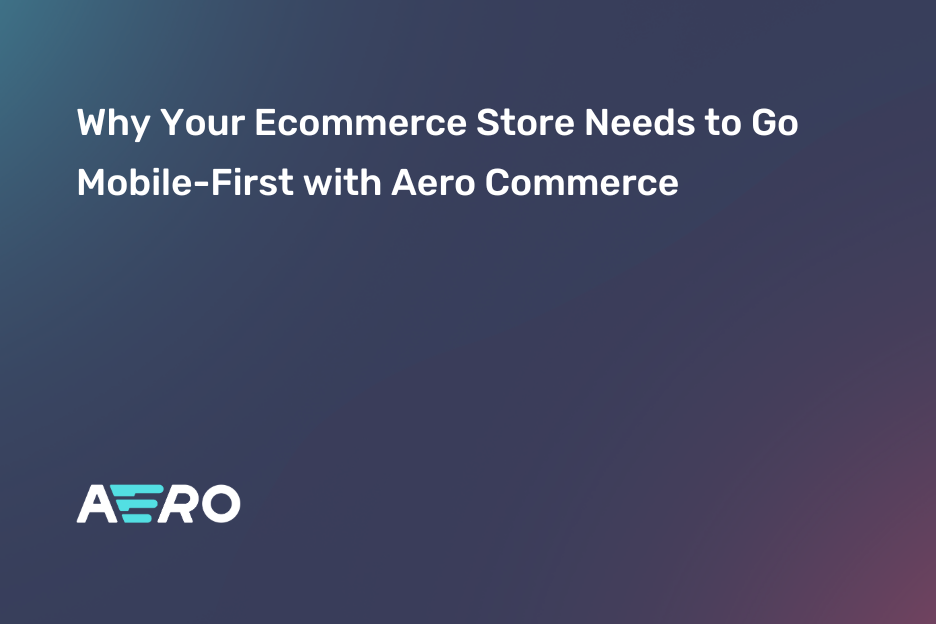When compared to running a physical store, ecommerce can on the face of it appear to be a much more cost-efficient option for retailers who want to cut down their overheads.
But ecommerce comes with overheads of its own, and retailers need to understand how they can reduce these to boost the profitability of their online enterprises.
What overheads do online retailers face?
Physical retailers have overheads like renting shop space, employing, and paying for utilities. Ecommerce retailers can avoid many of the overheads that their physical counterparts face, but this doesn't mean they're free from them altogether.
Overheads are ongoing business costs that are different from operational costs. They're costs you incur whether or not you sell anything.
Operational costs include elements like shipping, delivery charges and marketing, but your online overheads will cover things such as:
Licence fees
Transaction fees
Support and maintenance
Hosting
Apps.
Whereas other overheads may be variable or semi-variable, these online costs are mainly fixed. Depending on the platform you choose for your store, you'll pay a certain amount for hosting, licence and transaction fees, alongside support and maintenance.
For apps it's slightly different, as some add extra functionality, which you might regard as optional. This varies from platform to platform, with some platforms requiring investment in apps to create a reliably functional online store.
Why should online retailers be aware of overheads?
Globally, there are between 12 and 24 million online stores, serving some two billion online shoppers. Ecommerce is both highly accessible and highly competitive.
As an online retailer in this global marketplace, you need to think about what you can do to overcome challenges to profitability, and reduce the impact of your ecommerce overheads.
Often, it's the hidden costs — or the ones you don't consider on a day to day basis — that can do the most damage to your profitability.
So while you can be strategic about your pricing and marketing, and look at things such as freight fees and packaging costs, you should also consider the platform you're using.
How do ecommerce platforms compare for overheads?
The first thing to think about is your choice of platform.
There are plenty to choose from, and each platform will have certain benefits and potential disadvantages.
Some of these pros and cons will depend on your own capabilities and ambitions as an online seller: how tech-savvy are you, for example? The more comfortable and familiar with web development you are, the more flexibility you'll have in selecting your ecommerce platform.
A server-based platform such as WooCommerce could be a good fit if you're already familiar with WordPress, but if you're not, then getting started will be more challenging. On the other hand, there are more straightforward ways to enter the world of ecommerce using a SaaS (software as a service) platform like Shopify.
In either case, you'll be balancing certain pros and cons for your overhead costs. With both the platforms mentioned above you're likely to need paid-for plugins to enhance your store's functionality. These will add to your overheads.
While it's true that Shopify's packages offer inclusive features, what you gain here, you can lose elsewhere, via spending on apps and higher transaction fees.
Other examples of the balancing act involved in managing overheads include licence fee costs and hosting costs. If you choose Magento Open Source then you pay no licence fee, but go for Magento Commerce and you can expect to pay tens of thousands of pounds annually. For both Magento options, hosting costs can be significant. Shopify Plus charges an annual licence fee around half that of Magento Commerce, and hosting is included in its package.
Whichever ecommerce platform you choose, overheads are unavoidable, but you can approach them strategically, to reduce their impact.
Take a broader perspective
When comparing platforms, it's important that you look at every aspect, and weigh up overheads against your own business plans.
Convenience comes at a cost. If you choose a cloud-based, SaaS solution, while this will take care of some things, it will leave you with overheads that you must compensate for.
Clearly, the most effective counterbalance to overhead costs is increased profitability. To do this, your site must drive conversions. But optimising your site for conversions also comes back to your choice of platform. What you gain in built-in features, you might lose in functionality.
Let's be clear; functionality is critical if you're aiming to improve your conversion rates to offset your overheads.
Speed is essential. No one's hanging around on the internet. If you haven't optimised your site for fast page-loading and streamlined payment processes, you're barely in the game.
Can you start with an inbuilt advantage?
The short answer is yes. You need a sound business plan and a good concept behind your online store in the first place but your choice of ecommerce platform can go a long way to determining your store's success.
The Aero platform appears deceptively stripped-down when you look at the additional features of more big-name platforms, but it's a high-performing powerhouse of a platform.
Its total annual costs are around half those of Magento or Shopify. The need for additional apps is much reduced compared to other platforms, hosting costs are minimal thanks to Aero’s lean core, and a low annual licence fee all combine to keep your costs low.
The objective is to keep your overheads down, but give you the freedom, flexibility and sheer functionality to develop an online store where performance and individuality are factors that differentiate your business.
Will you reduce your overheads?
Overheads are a fact of life for all retailers, online or on the high street. But you do have choices about which ones you start out with, and whether the mechanics of your online store will help you offset against them.
Lower your costs and raise your game. For more ecommerce insights, follow Aero on LinkedIn.
.png)

